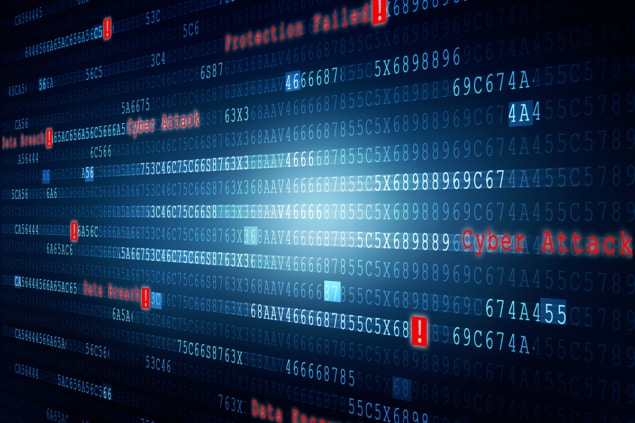
A new and very efficient protocol for assessing the correctness of quantum computations has been created by Samuele Ferracin, Animesh Datta and colleagues at the UK’s University of Warwick. The team is now collaborating with experimental physicists to evaluate the protocol on nascent quantum processors.
Quantum computing has been advancing rapidly and physicists are now in the early stages of building quantum processors that can outperform supercomputers on certain computational tasks. However, quantum computations can easily be disrupted by environmental noise, which destroys quantum information in a process called decoherence. As a result, it is crucial to ensure that a quantum computer has done the required calculation and has not fallen prey to decoherence.
Datta explains, “A quantum computer is only useful if it does two things: first, that it solves a difficult problem; the second, which I think is less appreciated, is that it solves the hard problem correctly. If it solves it incorrectly, we had no way of finding out.”
Defeats the purpose
The conventional way of checking is to do the calculation on a conventional computer and then compare the results. While this is possible for simple computations, even the most powerful supercomputers will not be able to check the work of future quantum computers. Indeed, using huge amounts of conventional computing power to do this defeats the purpose of developing quantum computers.
Ferracin and colleagues take an alternative approach that involves having a quantum computer run a series of simple calculations, whose solutions are already known. The protocol involves calculating two values. The first is how close the quantum computer has come to the correct result and the second is the level of confidence in this measurement of closeness.

Google reports quantum supremacy in draft paper
These parameters allow the researchers to put a statistical boundary on how far the quantum computer can be from the correct answer of much more difficult problem.
Having honed their protocol over the past several years, Ferracin and colleagues are now collaborating with experimentalists, enabling them to ascertain how well the scheme performs in real quantum computers.
Looking to the future, the team hopes that its protocol will allow quantum computers to do calculations that are inaccessible even to the most powerful conventional supercomputers. “We are interested in designing and identifying ways of using these quantum machines to solve hard problems in physics and chemistry, to design new chemicals and materials, and to identify materials with interesting or exotic properties,” says Datta.
The protocol is described in the New Journal of Physics.



